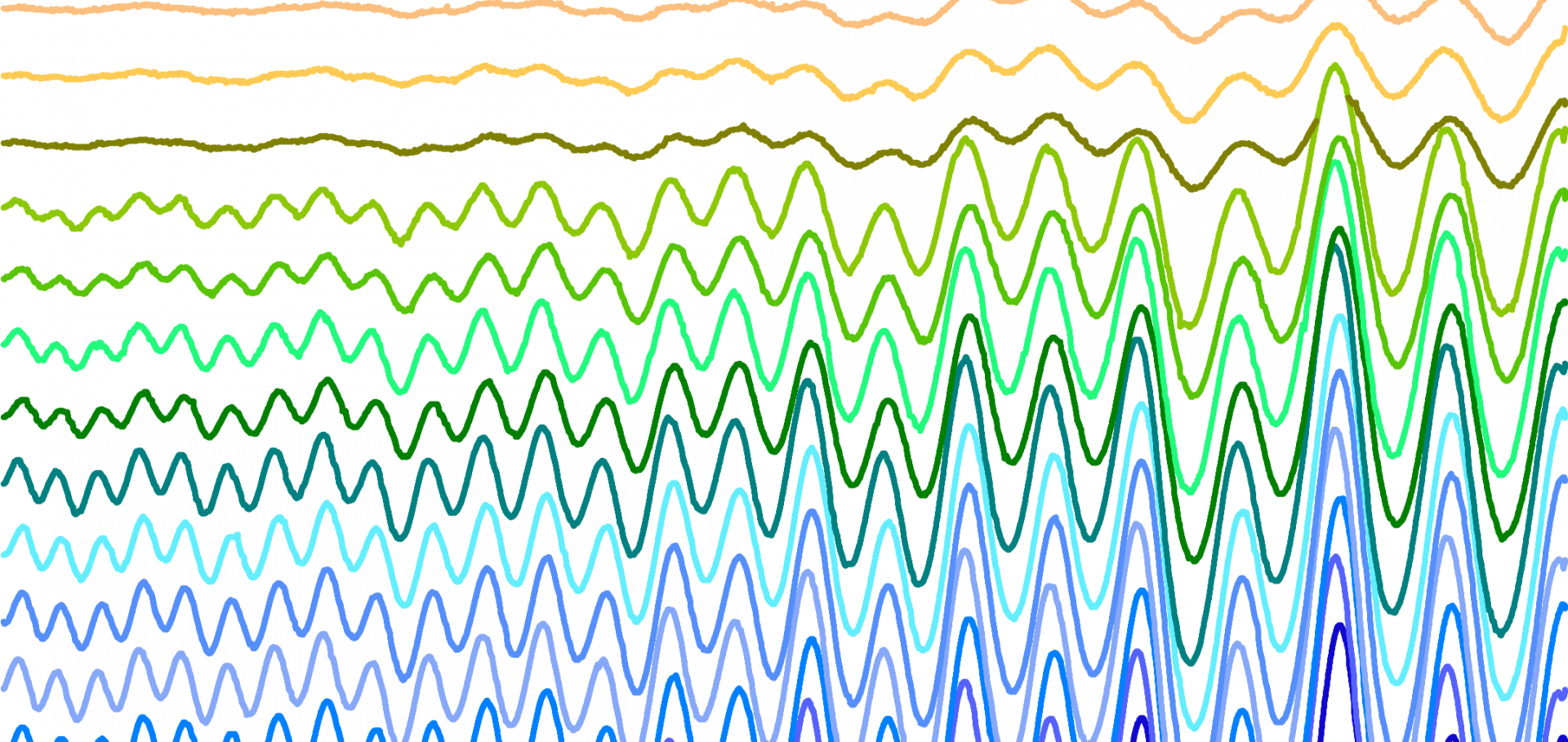Quasiparticle Mass Enhancement Close to the Quantum Critical Point in BaFe2(As1-xP_x)_2
Phys. Rev. Lett. American Physical Society 110:25 (2013) 257002-257002
Quasiparticle mass enhancement close to the quantum critical point in BaFe$_2$(As$_{1-x}$P$_x$)$_2$
(2013)
Iron-based superconductors in high magnetic fields
Comptes Rendus Physique 14:1 (2013) 94-105
Abstract:
Here we review measurements of the normal and superconducting state properties of iron-based superconductors using high magnetic fields. We discuss the various physical mechanisms that limit superconductivity in high fields, and the information on the superconducting state that can be extracted from the upper critical field, but also how thermal fluctuations affect its determination by resistivity and specific heat measurements. We also discuss measurements of the normal state electronic structure focusing on measurement of quantum oscillations, particularly the de Haas-van Alphen effect. These results have determined very accurately, the topology of the Fermi surface and the quasi-particle masses in a number of different iron-based superconductors, from the 1111, 122 and 111 families. © 2012 Académie des sciences.Study of the structural, electric and magnetic properties of Mn-doped Bi 2 Te 3 single crystals
New Journal of Physics 15 (2013) 10
Abstract:
Breaking the time reversal symmetry of a topological insulator, for example by the presence of magnetic ions, is a prerequisite for spin-based electronic applications in the future. In this regard Mn-doped Bi 2 Te 3 is a prototypical example that merits a systematic investigation of its magnetic properties. Unfortunately, Mn doping is challenging in many host materials—resulting in structural or chemical inhomogeneities affecting the magnetic properties. Here, we present a systematic study of the structural, magnetic and magnetotransport properties of Mn-doped Bi 2 Te 3 single crystals using complimentary experimental techniques. These materials exhibit a ferromagnetic phase that is very sensitive to the structural details, with T C varying between 9 and 13 K (bulk values) and a saturation moment that reaches4.4(5) μ B per Mn in the ordered phase. Muon spin rotation suggests that the magnetism is homogeneous throughout the sample. Furthermore, torque measurements in fields up to 33 T reveal an easy axis magnetic anisotropy perpendicular to the ab -plane. The electrical transport data show an anomaly around T C that is easily suppressed by an applied magnetic field, and also anisotropic behavior due to the spin-dependent scattering in relation to the alignment of the Mn magnetic moment. Hall measurements on different crystals established that these systems are n -doped with carrier concentrations of ∼ 0.5–3.0 × 10 20 cm −3 . X-ray magnetic circular dichroism (XMCD) at the Mn L 2,3 edge at 1.8 K reveals a large spin magnetic moment of4.3(3) μ B /Mn, and a small orbital magnetic moment of0.18(2) μ B /Mn. The results also indicate a ground state of mixed d 4 –d 5 –d 6 character of a localized electronic nature, similar to the diluted ferromagnetic semiconductor Ga 1− x Mn x As. XMCD measurements in a field of 6 T give a transition point at T ≈ 16 K, which is ascribed to short range magnetic order induced by the magnetic field. In the ferromagnetic state the easy direction of magnetization is along the c -axis, in agreement with bulk magnetization measurements. This could lead to gap opening at the Dirac point, providing a means to control the surface electric transport, which is of great importance for applications.De Haas-van Alphen study of the Fermi surfaces of superconducting LiFeP and LiFeAs
Physical Review Letters 108:4 (2012)


